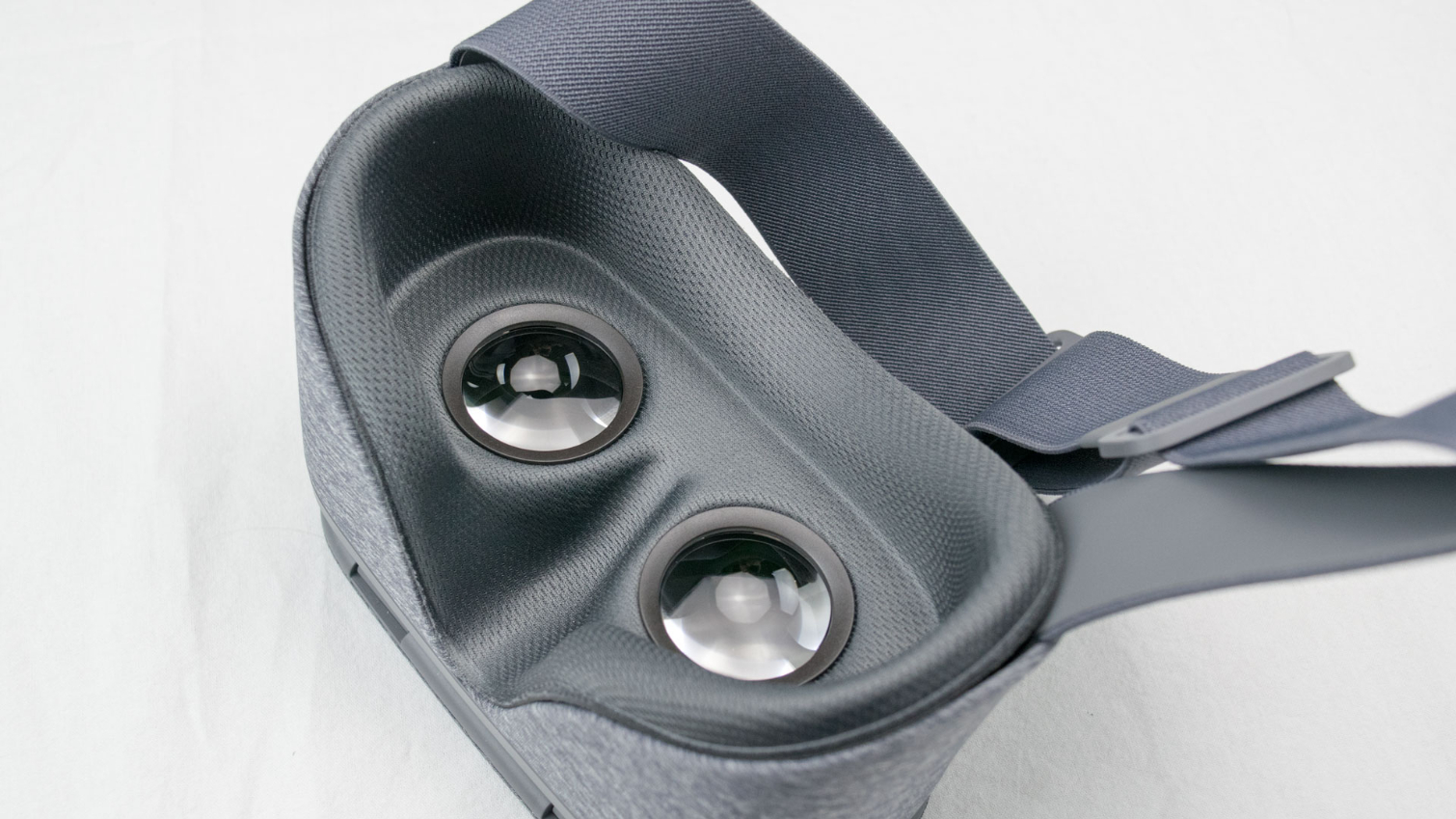Google Expands Daydream VR Platform To All Developers
Google will now let Android developers release their apps on its Daydream platform.
Daydream is Google's latest effort to make a virtual reality (VR) ecosystem. The company made an affordable headset, the Daydream View VR, that sits in between its basic Cardboard headset and more advanced HMDs like the Oculus Rift or HTC Vive. Google also expanded the Play Store app market to include VR apps, games, and experiences, which can also be discovered via the Daydream Home software available on Daydream-compatible hardware.
The problem is that Daydream is currently limited in scope. The Daydream View VR headset requires a smartphone to function--a trait it shares with Google Cardboard--but right now only three devices are officially compatible with the platform. Google said more are on their way, including Asus' Zenfone AR with its support for both Daydream and Google's Project Tango augmented reality (AR) platform, but Daydream-ready phones are currently hard to find.
Even people with a Daydream-ready phone then have to contend with the platform's limited app catalog. Google has made many of its services available on Daydream, and select developers were approved to release their own VR software, but the platform wasn't anywhere near as open as the Play Store. Now that's changed: Google said any developers that adhere to its Daydream App Quality criteria will be able to release their VR apps on Daydream.
The change might be Google's attempt to make Daydream more appealing to customers interested in VR who don't want to spend hundreds of dollars on a VR HMD or the requisite PC. It might also be a sign that Daydream hasn't taken off like expected--especially since the Daydream View VR's price went from $79 to $49 on the Google Store. That's a steep drop, and combined with opening up the platform, it doesn't exactly raise confidence in Daydream's potential success.
Get Tom's Hardware's best news and in-depth reviews, straight to your inbox.

Nathaniel Mott is a freelance news and features writer for Tom's Hardware US, covering breaking news, security, and the silliest aspects of the tech industry.
-
bit_user ReplyThe change might be Google's attempt to make Daydream more appealing to customers interested in VR who don't want to spend hundreds of dollars on a VR HMD or the requisite PC. It might also be a sign that Daydream hasn't taken off like expected
Not to contradict your speculation about timing, but they had to open it up, eventually.
